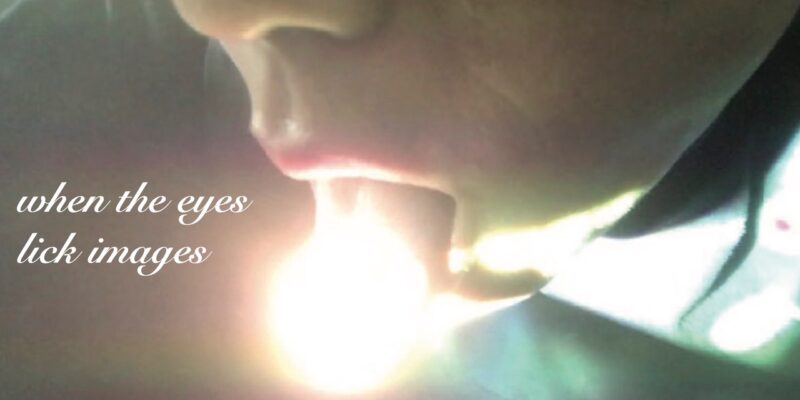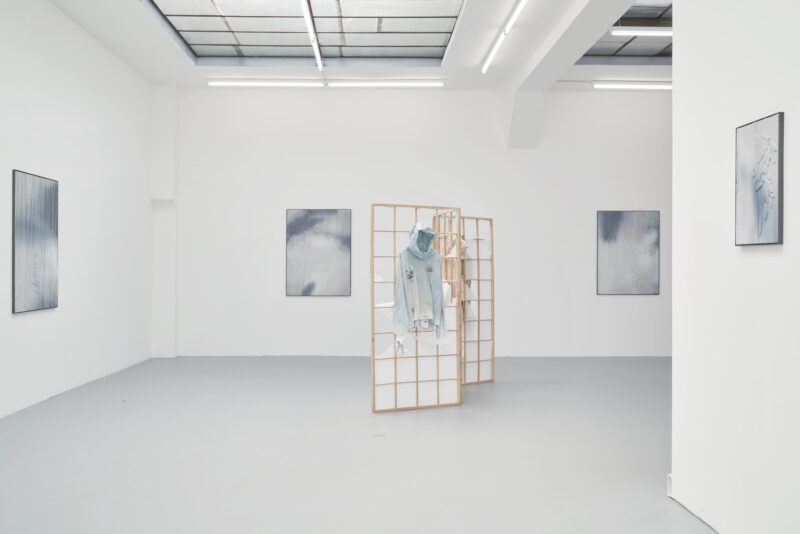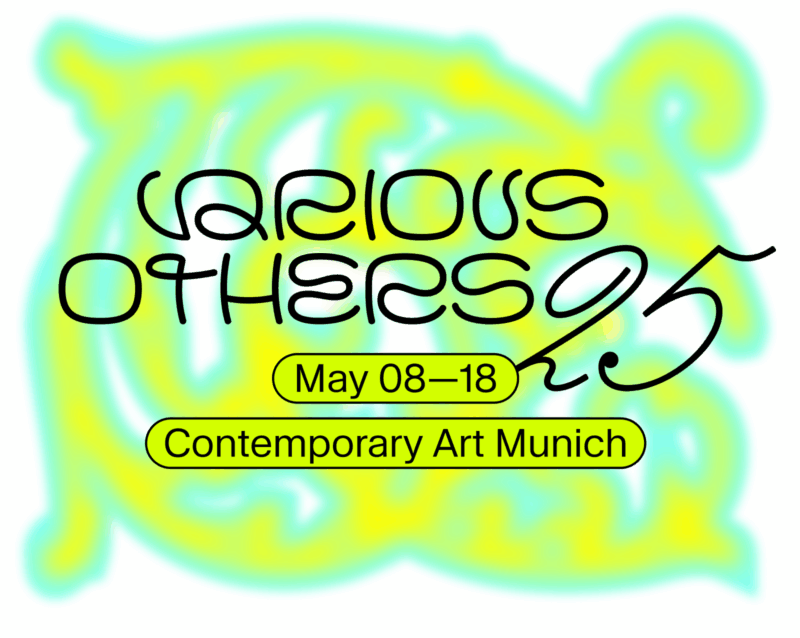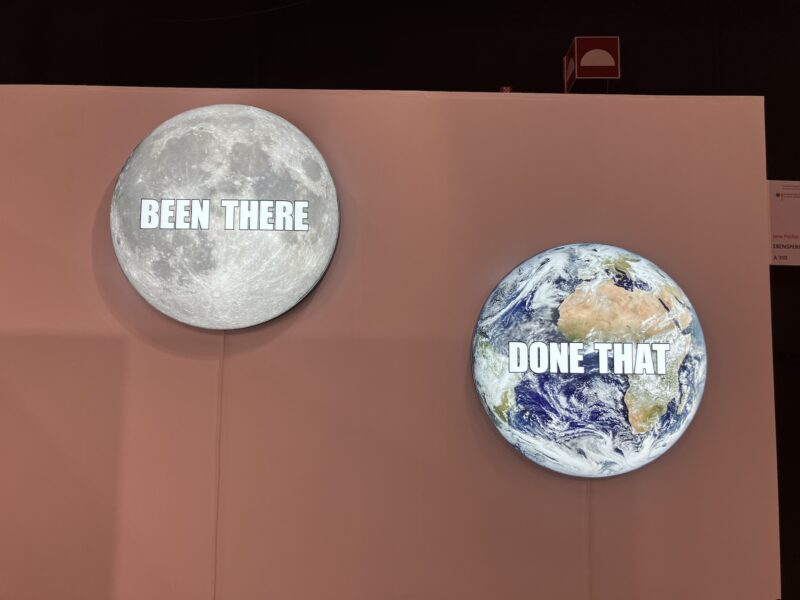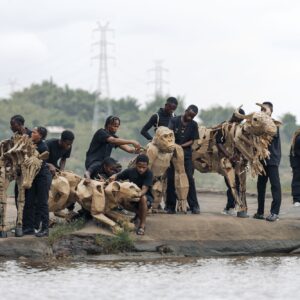Various Others is an initiative based on collaboration. Its format is simple: museums, galleries, artist-run-spaces, collectors, curators (etc. etc.) based in Munich (Germany) invite museums, galleries, artist-run-spaces, collectors, curators (etc. etc.) based elsewhere to co-develop a project that is then presented as part of a 17-day art initiative. More than a self-referential celebration—an art festival or week—Various Others is a period of international infusion; a time that not only enlivens this small Bavarian city but which allows the dynamism of Munich’s art scene to flow beyond geographical borders. After joining the Various Others’ opening weekend (September 7th-10th, 2023), here are just three of the various encounters that caught my eye.
Britta Rettberg with blank projects, Lerato Shadi: Tsela di matlapa brittarettberg.com/tsela-di-matlapa/

“It’s a hard road”, at once a saying associated with the difficulty of completing a certain action or an allusion to the magnitude of a task, on a formal level, however, one could understand this phrase as something with more reassuring connotations: this path is solid, go forth. Lerato Shadi’s solo exhibition, Tsela di matlapa (roughly translated as it’s a hard road) leans into the multiplicity of semantics and associations—especially the multiplicity created as semantics move, travel or translate. Mostly spotlighting her new series, River of Thoughts, the drawn works central in this exhibition use linguistic opacity to create a multidimensional distance; as viewers, we are both placed at a distance from Shadi’s body, subjective self and narrative, yet formally the opacity within each of Shadi’s abstract works operates so as to pull us into new proximity with the quizzical flows of thought she lets loose. And, in this way, Shadi’s works critically transform a ‘difficult’ place of subjectivity—that is a place where one risks having their own body-narrative becoming a commodity fetish—into a place of assurance and strength. Here, Shadi resists easy reading forcing a viewer to see and to be seen with the works that form her hard road.
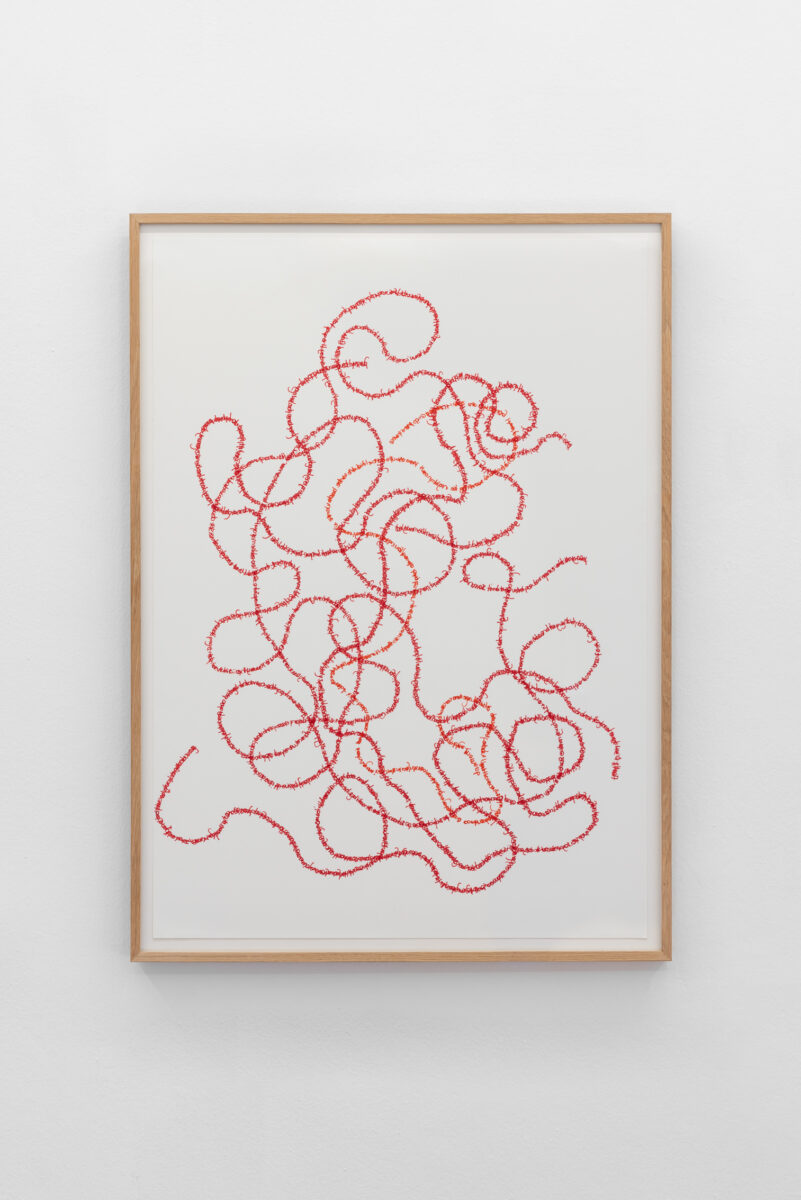
Each of the works in River of Thoughts is a knotted stream of handwritten red text upon paper or linen. Amalgams of prose and poetry, arcane and more academic thinking, memoir, memory, momentary reflections, all writ in red marker, these texts recall and resemble “all of the above and none”, to quote the artist. That is, they are literally tidal flows of Shadi’s thought. Unmoored from any directional lines—there are no hard lines one is forced to follow here—each of the works in this series runs with a performative quality; looping back and forth, around and around, Shadi’s singular line of red text runs hot like a vein around a body. Further, as tidal flows of text, each of these thin streams runs two ways. Once Shadi has written her thoughts down—in the Western manner, positioning letters from left to right in an orderly sequence—she then rewrites this thought backwards, each letter flipped, directly on top of the dangly original stream, so as to create a choppy flow or one full of vessel like winglets. Wholly bound to Shadi’s body and mind, this complex process of writerly abstraction removes any corporeal narrative—pathos and ethnos—leaving us with the pure melody of Shadi’s mind river; at once a solid path but one never wholly defined by hard objectivity and stasis.
max goelitz with Nicolás Lamas (Messeen De Clercq, Brussels) and Jeremy Shaw failed transcendence maxgoelitz.com/44-failed-transcendence
Titled after Tom McCarthy’s concept of ‘failed transcendence’—roughly, a notion that foregrounds how human beings desire to transcend their circumstances but fail to achieve ultimate transcendence because circumstances are innately fluid—this group exhibition brings together artworks by Nicolás Lamas and Jeremy Shaw alongside works by Haroon Mirza, Helga Dóróthea Fannon and Niko Abramidis &NE. Normally I am a little reticent of gallery-based exhibitions that operate with a curatorial theme or with a theoretical point of departure—the result often feels like bad academic dross. Here, however, the conceptual thinking shared by the collaborators unfolds with a tight coherence—with a visual finesse and intellectual draw.
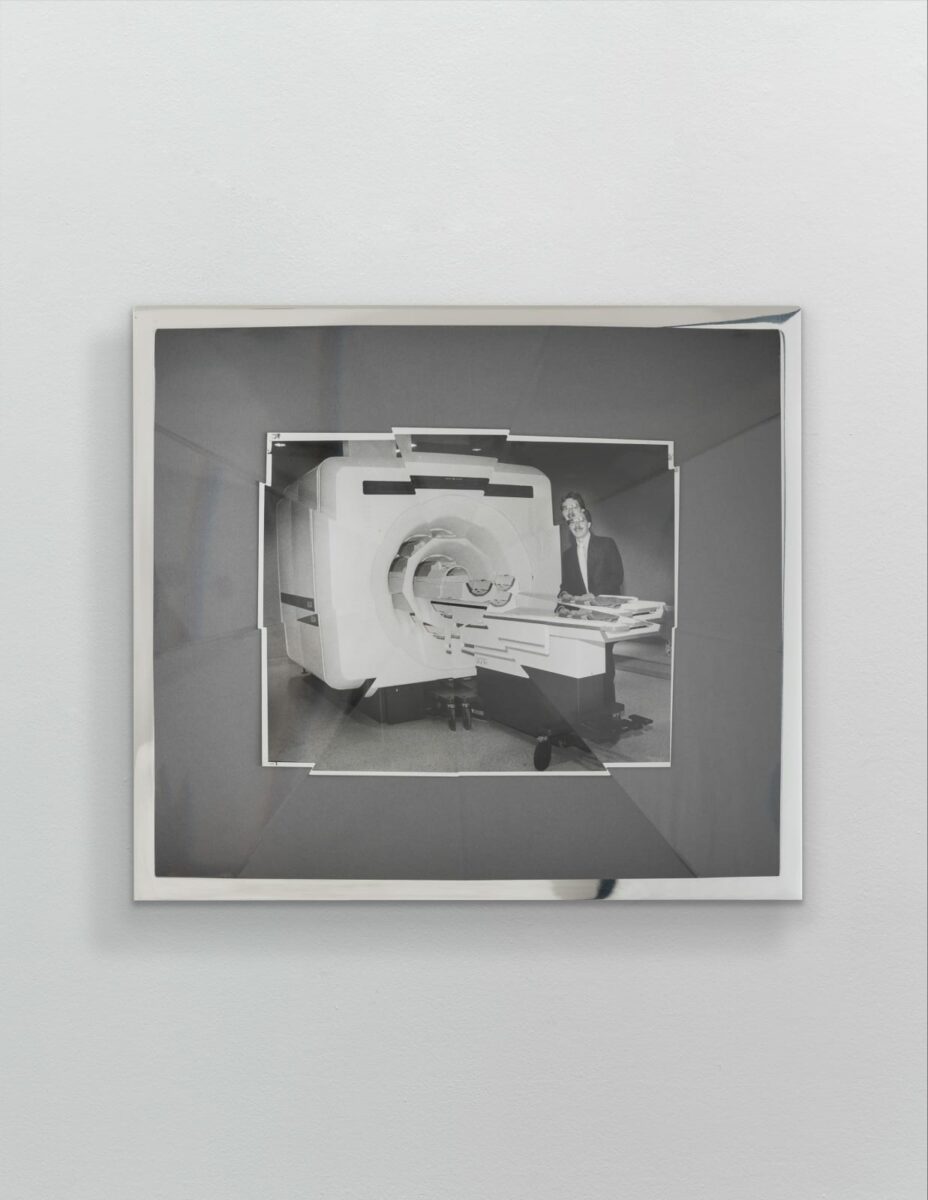
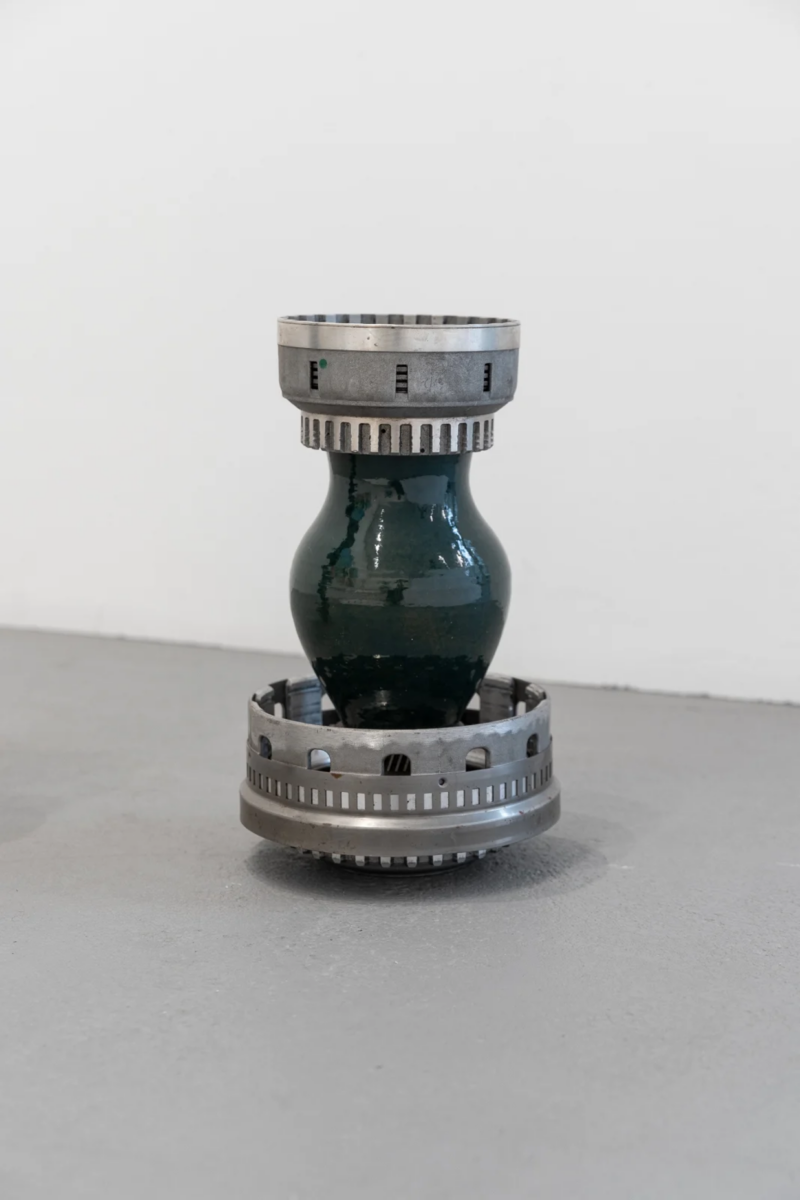
Materialising through sculpture, sound and film many of the artworks in failed transcendence question an ideal that sees history as something fixed and linear. That is, as a static place from which to transcend or to transcend too. Leaning into McCarthy’s notion, histories are re-thought and rendered here as something in the making—something fluid and changeable. For example, housed behind bulbous prisms, the history held in the archival photographs that form Jeremy Shaw’s series Towards Universal Pattern Recognition become newly amorphous in my looking upon them. Titled using the administrative markings on each of the image’s reverse (ie, Towards Universal Pattern Recognition (Dave Bitner, Admin. Dir, Poses w/MRI. 27 JAN 88)), Shaw’s re-presentation of grey-pencil history subtly alludes to the arbitrary ways things become known, questioning the almost illogical logic that gifts history its weighty stasis. In a similar manner, Nicolás Lamas’ small monochrome sculptures Rotational friction 1 and Rotational friction 2 (both 2023), combine disparate materials—metal car parts and metallic ceramics, in the case of Rotational friction 1—to make the object of the present all visually fluid. Formally, echoing Futurist artworks of sum 100 years ago, here Lamas’ juxtapositions re-read the material qualities of things—leaning into the common blackened-oil sheens found in the cogs and ceramics used to compose Rotational friction 1 for example—to blur not only historical time frames but the distinctions we make between the natural and the machine. Niko Abramidis &NE’s works also follow something of this sentiment. His vivid pigment prints (GEN PNL (DYOR U 1) and GEN PNL (DYOR U 3), both 2023) depict fantastical ruins almost floating amongst a flat sky-sea of peach pink through tranquil green. Reminding me of digital dreamlands, or rather the making of such non-places, Abramidis’ works ask what ruins for the future could look like. Indeed, generated with the help of an artificial intelligence programme, these flat plains allude to the circumstantial process of history’s making. By questioning history in this way each of the artists in this show embrace ‘failure’—or a lack of canonical coherence, we could say—to highlight how ideals of transcendence are always becoming, never set solid.
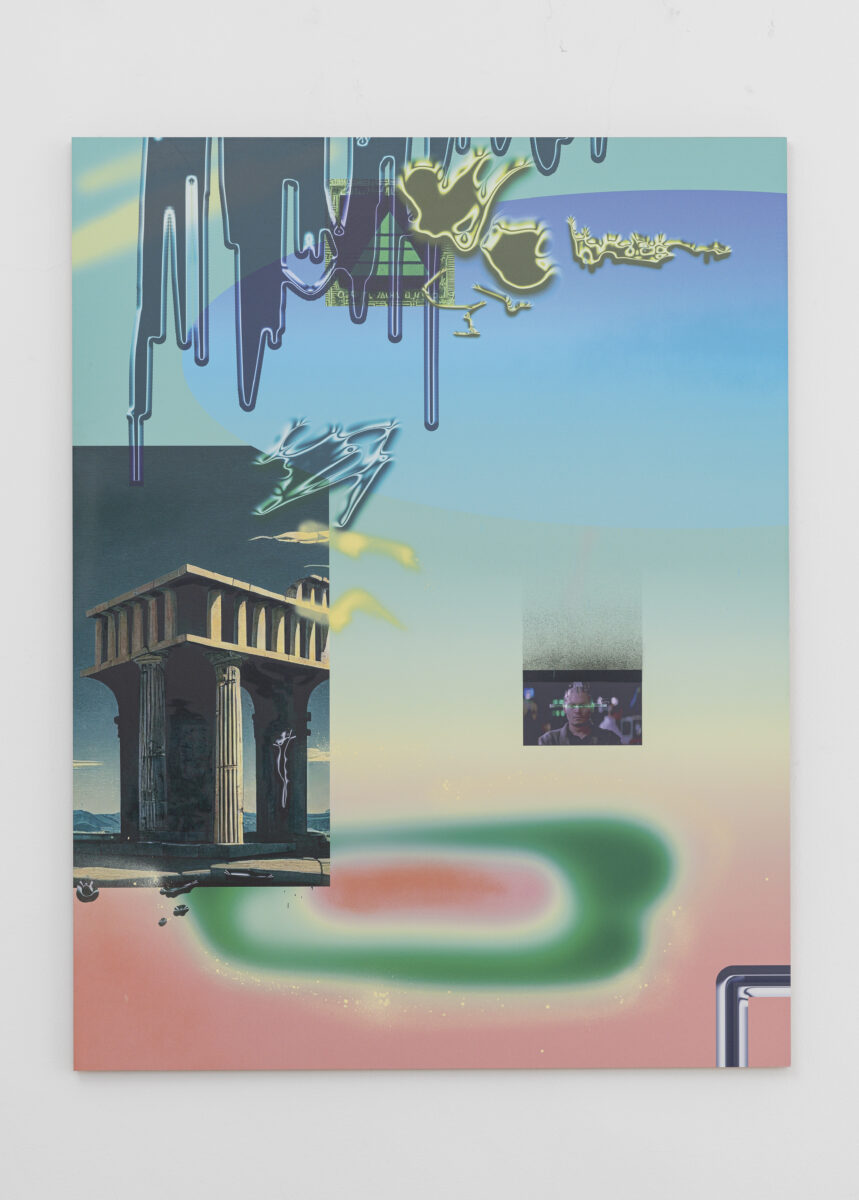
Museum Brandhorst’s Flag Commission Philipp Gufler: Urning museum-brandhorst.de/brandhorst-flag-commission-philipp-gufler
This is queer desire doing its thing. Free; four flags fluttering under the sun, fluttering in the breeze, fluttering like a waving hand calling to me, calling to you, and our common passers-by. Here are four flags bringing an us together all anomalous, in public, in space
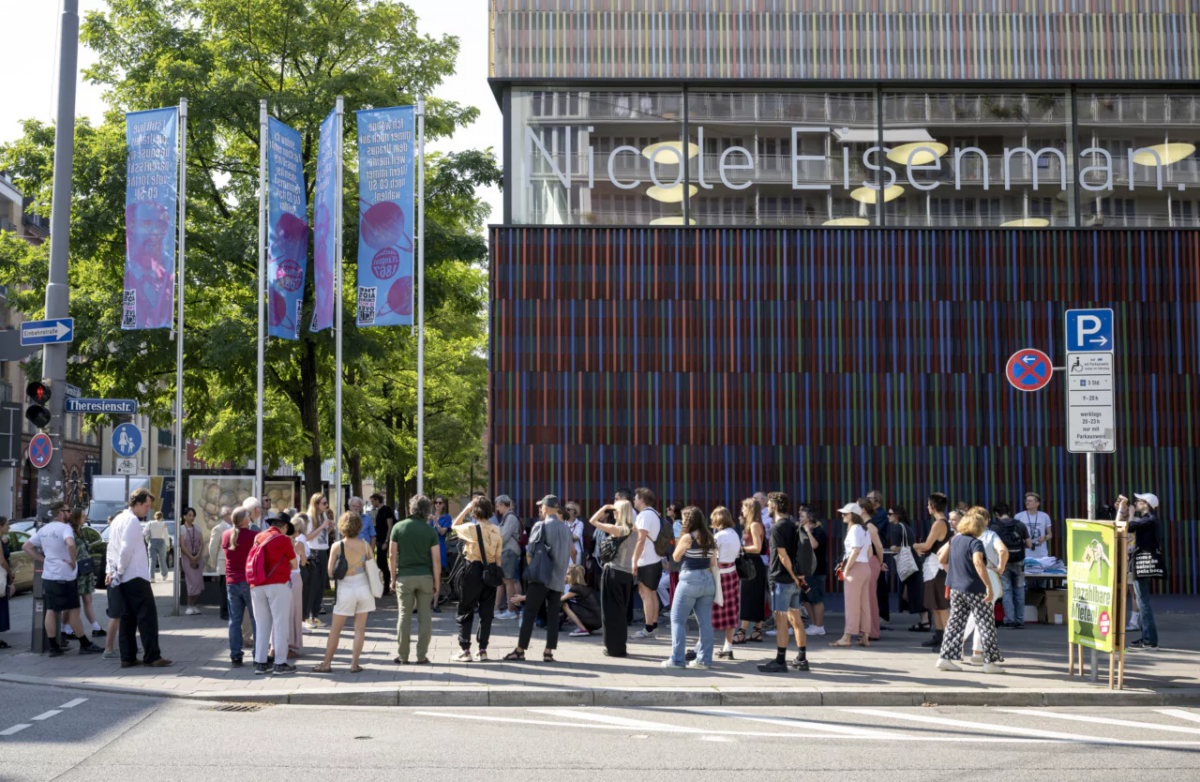
Philipp Gufler’s Flag Commission for the Museum Brandhorst, titled Urning, is a continuation of the artist’s long-term research into the histories of everyday queer life and the political impetus resonant in cultural memory; that is, how by speaking with the almost parallel events of the past the political state of the present is made all wobbly. For this project, Gufler recontextualizes the vital political work undertaken by the Munich-based lawyer Karl Heinrich Ulrichs, a queer figure who in August 1867 demanded greater tolerance for same-sex love (the first such figure to do so).
To focus on the main visual element of Gufler’s project. Rendered in pop pink upon a background of thin sky blue, one of the central motifs of Gufler’s flags is a grainy portrait print of Karl Heinrich Ulrichs looking hopefully into the mid-distance. Layered above and below this print, Gufler positions textual elements corralled from a solidarity t-shirt originally made in the mid-1990s by Act Up Munich. Seeing affinities between the political work undertaken by both Karl Heinrich Ulrichs and Act Up Munich this collage of iconographic details blurs linear compartmentalization of time; here political impetus becomes a trans*historical affaire, something with a vital resonance today. We see this in the block-faced text Gufler has borrowed, slightly tweaked and positioned at the top of his collage print; this reads “Ich wohne immer noch auf dem Uramus, weil meine Eltern immer noch CD*SU wählen!” [“I still live on Uranus because my parents still vote for the CD*SU!”]. An allusion to the conservative political party ruling Bavaria—CDSU—to me, this phrase of hopeful protest echoes the glimmer seen in Karl Heinrich Ulrichs’ printed eyes. (It is worth noting here that Karl Heinrich Ulrichs coined the term ‘Urning’, in reference to the Greek god Uranos, a figure who has become emblematic of hopfilled power that is made possible through self-designation queer desire.) Further, with the addition of the * in CDSU’s name Gufler genders the political party, giving it a trans* identity, and therefore subtly critiquing the heteronormativity of faceless politics.

Fluttering in public space, Gufler’s commission uses a seemingly quotidian material to activate the Museum Brandhorst’s hard architectural body. Operating in much the same way as his collaged print, here Gufler’s flags at once create affinities across times—the flags operate with something of the fly-paper provocation as seen in Act Up’s public poster campaigns—whilst also to give a new presence, dare is say hope, to a place of stilled history—the museum. (As another important note, the colours and iconography of Gufler’s flag prints recall the formal qualities of Andy Warhol’s silkscreens—prominent artworks within the Museum Brandhorst’s collection, indeed key to the museum’s founding.) In this way, Gufler’s installation transforms the facelessness of the collection into a site of social solidarity and action; as well as adoring the four flags, t-shirts baring Gufler’s print design are on sale at the museum, with all proceeds from this campaign directly supporting the activity of Forum Queeres Archiv München (an association with the mission to collect, promote and make accessible the everyday histories of LGBTIQ* peoples from Munich and the surrounding region).
VARIOUS OTHERS continues until September 24th variousothers.com
